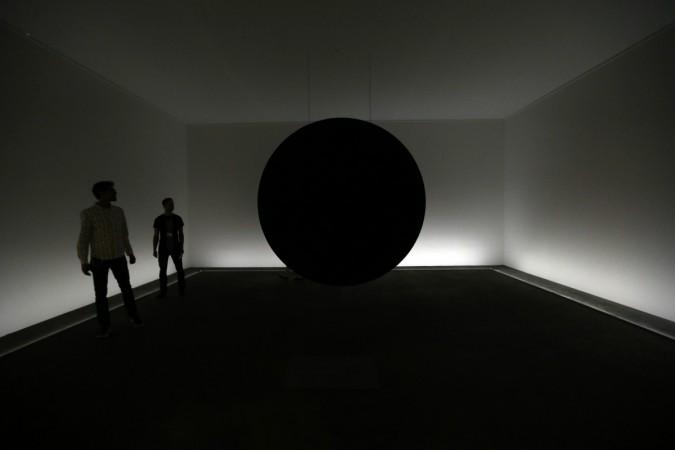
British researchers have created what they call the 'new black' – a strange and alien material – so black that it absorbs all but 0.035 percent of visual light, in an event that sets a new world record.
The new "Super Black" is so painfully dark that human eyes struggle to discern its dimension and shape – a phenomenon that gives an impression as though one was looking into a black hole.
Also known as the "Ventablack," the never-before-seen dizzying pool of darkness conducts heat seven and half times more effectively than copper, and the material is ten times stronger than steel.
If we were to stare at the black coating material made of carbon nanotubes – each 10,000 times thinner than a human hair – it would be a very bizarre experience.
The material is said to be so dark that ordinary human eye cannot understand what it is seeing – or in other words, the actual darkness essentially remains unseen as the eyes fail to communicate effectively to brain, the visual it is focused on.
Shapes, contours and dimensions are all lost, leaving an enthralled human eye simply gazing at a perplexing piece of abyss or void.
The awe-inspiring material, created by Surrey NanoSystems, is so grotesque that if it was used to make black dresses out of it, the person's head and limps will appear as though they were floating in a disembodied and ghastly manner around a dress-like shape of hole or nothingness, the Independent notes.
"Ventablack is a major breakthrough by UK industry in the application of nanotechnology to optical instrumentation," said Ben Jensen, Chief Technology Officer, Surrey NanoSystems.
"For example, it reduces stray-light, improving the ability of sensitive telescopes to see the faintest stars, and allows the use of smaller, lighter sources in space-borne black body calibration systems," he added. "Its ultra-low reflectance improves the sensitivity of terrestrial, space and air-borne instrumentation."
The Ventablack has been grown on sheets of aluminum foil. When the foil is crinkled and uneven, the surface covered by the "Super Black" appears completely smooth because of its massive light observing property.
The material has been developed to be used in astronomical cameras, telescopes and infrared scanning systems and was launched at the Farnborough International Airshow this week.










![Deepika Padukone–Ranveer Singh smooch, enjoy NBA date night in New York [Watch]](https://data1.ibtimes.co.in/en/full/826707/deepika-padukoneranveer-singh-smooch-enjoy-nba-date-night-new-york-watch.jpg?w=220&h=138)



